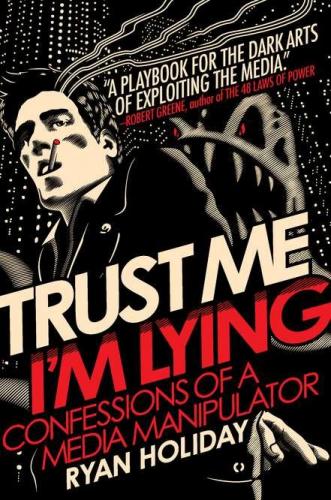Now this is cool and a big hat tip to Soldier Systems for putting this one out there. This mobile app basically converts your smart phone into an actual theodolite or surveying instrument. Why is this cool? Because this device not only has application for cheap and quick surveying of land, but can also help in military operations where surveying, targeting, and reconnaissance is vital.
The other thing I was thinking about here is something like this could quickly help land owners settle disputes over boundaries. So instead of hiring a survey group to do this, two parties can just pull out their smart phones and confirm together where the boundary is between their properties. In the west where folks have all sorts of surveying assets to call upon, this is not too big of a problem. Although I could still see folks using such a thing to confirm or use as a preliminary survey tool.
But in poor countries with minimal resources, having an ability to determine borders and boundaries cheaply can mean the difference between life and death. Many wars and conflict start because of boundary disputes between two parties. Especially in places with very weak legal systems, or non-existent legal systems.
The other thing I was thinking about here is the ability to take an app like this and download it into a ‘smart scope’. Or basically take an optic like an EOTech and design it so that it can put this data in the view if you want it–and all with the press of a button. Or you could cycle through your reticles for whatever application (like grenade launcher, machine gun, etc.). Anything that helps the soldier with targeting and making the optic useful.
I also like the idea of using this tool to help in setting up a remote site or combat outpost/FOB. From lining out the Hesco barriers, to setting up defensive positions and fire plan sketches–having a survey tool like the Theodolite mobile app is incredibly useful. –Matt

Theodolite is a multi-function augmented reality app that combines a compass, GPS, map, photo/movie camera, rangefinder, and two-axis inclinometer. Theodolite overlays real time information about position, altitude, bearing, range, and inclination on the iPhone’s live camera image, like an electronic viewfinder.??Uses are endless, and Theodolite is great for outdoor sports, hiking, boating, hunting, golf, sightseeing, photography, and navigation. The app is used in the field every day by surveyors, geologists, architects, engineers, military personnel, competitive sportsmen, and search and rescue workers.??Theodolite set a new standard for augmented reality navigation apps when it debuted in 2009. It has been featured numerous times in iTunes (including honors as a “Rewind 2010” app), and has been the #1 selling Navigation app in iTunes stores around the world.
Theodolite works on any iPhone or 4th generation iPod Touch with OS 4.1 or later.?Compass requires iPhone 3GS, 4, or 4S. iPhone 4 or 4S, or iPod Touch 4 required for gyro and Retina Display support.
Features
Ability to take geo-stamped and geo-tagged photos, screenshots, and movies from the app, with 2X and 4X zoom, buffered background image saves, plus an option to write custom notes on photos and movies. Integrated map with standard, satellite, and hybrid views, compass rose, and bearings. Manage location markers on the map and share with other users via SMS text messaging or e-mail. Optical-mechanical gyro/accelerometer calibration. Zero angle reference mode. A-B survey calculator for height, distance, heading, triangulation, position, and angles. Data logging. E-mail data export with KML. System-wide clipboard integration. Percent grade display. Six different optical rangefinders. Mils. Night vision lens filters. MGRS, UTM, and six lat/lon formats.For use on an iPad, check out Theodolite HD.What’s New in Version 3.0
NEW! Movie recording, with optional screen/watermark overlays and multiple video quality settings. Three large-format stadiametric rangefinders (sniper/artillery/hunter style, showing distance multipliers, yards, or meters). Revised position formats with new decimal minutes option. Larger font sizing for photo data stamp watermark, with three color options. Onscreen indicator for magnetic declination errors. Bug fix to e-mail export URLs. Numerous performance improvements and tweaks.
Website here.
Purchase at iTunes here.
